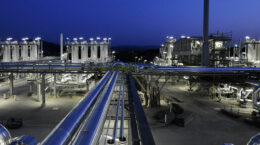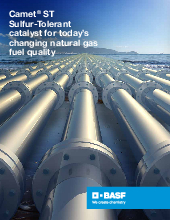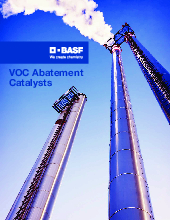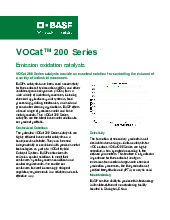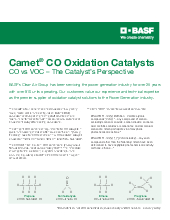BASF is the leading oxidation-catalyst supplier to the power generation industry.

We’ve been servicing the power generation industry for more than 30 years, with over 1,000 units currently operating or under construction. And nearly all of the power-generation oxidation catalysts we supplied are still running. Over 300 units are six to 10 years old, and over 200 units are 10+ years old. And there’s no stopping them!
Our breadth of experience encompasses virtually every make, model, and turbine configuration. Our R&D, application, and staff expertise ensure maximum performance for both new source applications, and replacement catalysts for existing applications.


